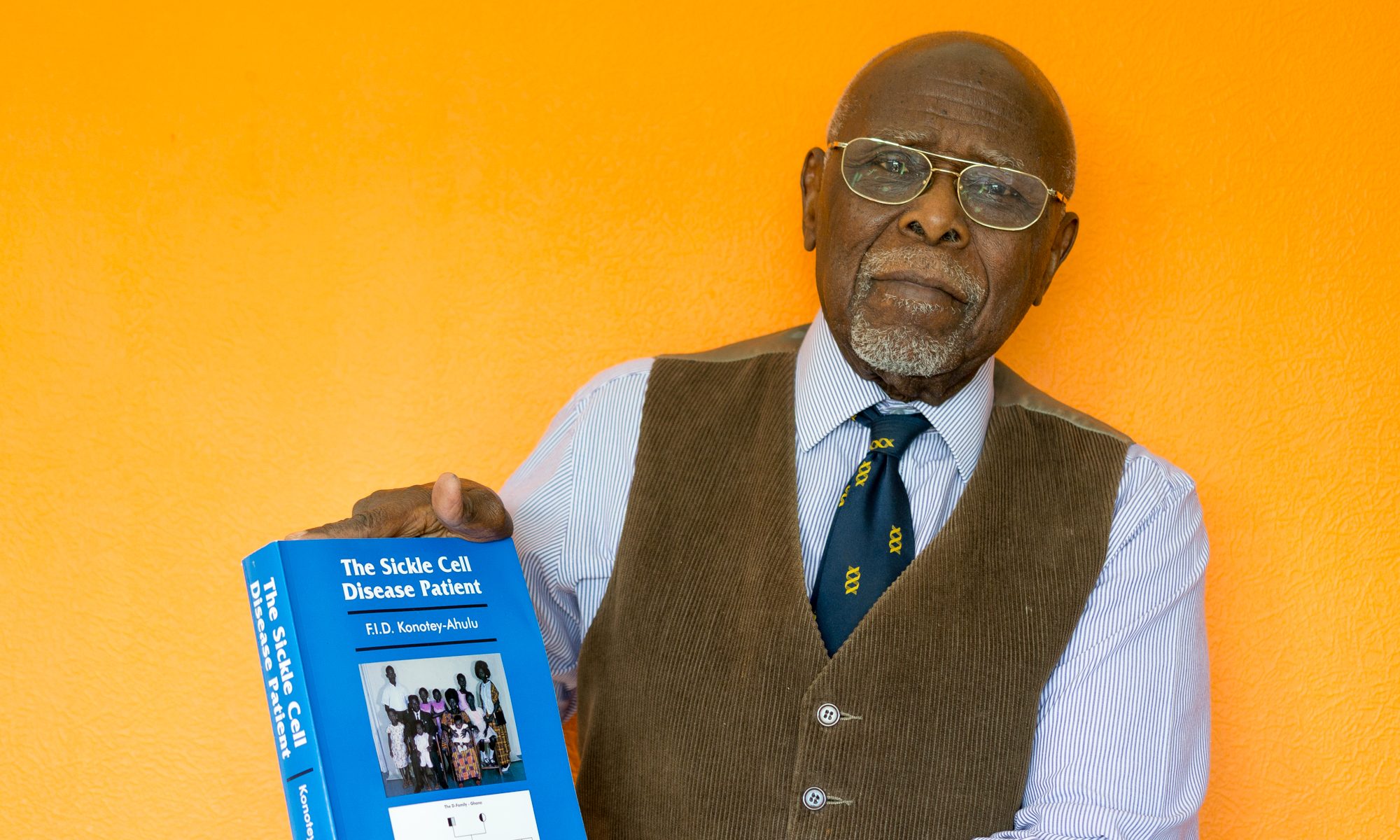Ethnic minorities and sickle cell disease
SIR,-Dr John Black's article (30 March,p 984) is most helpful.
Many family doctors are quite familiar with much of what he has so lucidly stated. The reason why many children (and adults) with sickle cell disease continue to die “before their time” in the UK and elsewhere is failure to appreciate certain facts relating to presentation, a failure of anticipation, and what I usually call a combination of circumstances.
Firstly, presentation. Epistaxis, priapism, enuresis, numbness of the lower lip, sudden aphasia, hemiplegia, blood in the urine, deep jaundice, large tummy, nails white as a sheet, loud precordial murmurs, bruit de diable at the root of the neck, unexplained fever, cough with tachypnoea, fatigability, swollen hands may each and severally be the first indication that the child has sickle cell disease.'
Alternatively, a child's condition may have nothing to do with sickle cell disease but may later be worsened by it-for example, within seven days lobar pneumonia can become pneumonia plus infarction plus pulmonary abscess.' Presentations may also differ from those described in the textbooks.
(1) Teenagers of 12, 13, 14, or 15 years with SS disease may have spleens which, far from vanishing, are enlarged.
(2) The child with genuine SS disease (parents AS, AS) with haemoglobin of 12-3 g/dl should not be treated as having sickle cell trait, because the potential for devastating in vivo sickling is there.
(3) Extreme fatigability with “nails as white as a sheet” during an attack of measles indicates an aplastic crisis from the measles virus.
Haemoglobin drops to 2-5 g/dl within 48 hours. As little as 100-150 ml of packed cells for a 5 year old child and not more than one unit for a 15 year old given over eight hours is lifesaving, even when the haemoglobin was less than 3 g/dl to start with.
Secondly, clinicians should anticipate disasters in patients with sickle cell disease. For example, if perioperative fluid therapy is not planned for a child about to undergo surgery the child will end up with a stroke. Anaesthetists are now more careful than ever so their success is virtually 100″,,, but fluid management before, during, and after operation often leaves a lot to be desired. The clinician should also be aware that the patient who has been admitted and discharged twice within the past week has come in again to die unless the whole management is overhauled.
Thirdly, there are many dangerous combinations of circumstances that may lead to disaster for the unwary.
(1) Personnel: the houseman or GP is away for the weekend; the locum has little clue about what is happening, and goes by the packed cell volume or haemoglobin concentration rather than the patient's condition; the casualty department may refuse to admit the patient, quibbling over whether the patient should go under a physician or a haematologist.
(2) Clinical: abdominal pain might be due to sickle cell crisis,2 3 or the crisis could also have been precipitated by acute appendicitis.'
(3) Genetic: hardly any west African with sickle cell anaemia is without one or more of the other hereditary erythrocytopathies: 86'U/ have concomitant lac or 2ac thalassaemia, and, although this is supposed to ameliorate the SS phenotype, 2OO, of the men and 16″(, of the women also have glucose-6-phosphate dehydrogenase (G6PD) deficiency.4 Contrary to what is claimed from the USA,G6PD deficiency on top of sickle cell disease is an added liability4 (Luzzato L, paper at International Symposium on Sickle Cell Anaemia, Abidjan, Ivory Coast, 1975).
Workers in the UK should always identify which of their patients have G6PD deficiency, because several antimicrobial agents and analgesics which are given to help may in fact harm the patient.
FELIX KONOTEY-AHULU London WIN IAA
1 Konotey-Ahulu FID. The sickle cell diseases. Clinical manifestations including the “sickle crisis.” Arch Intern Med 1974;133:611-19.
2 Hendrickse RG. Sickle cell anaemia in Nigerian children. Cent AfrJa Med 1960;6:45-57.
3 Valman HB. ABC of I to 7. London: British Medical journal, 1982:21.
4 Acquaye CTA, Gbedemah KA, Konotey-Ahulu FID. Glucose-6 phosphate dehydrogenase deficiency in sickle cell disease patients in Accra. Ghana Med 7
1977;16:15-8.
Source : British Medical Journal 1985 (20 April), Volume 290, page 1214.
